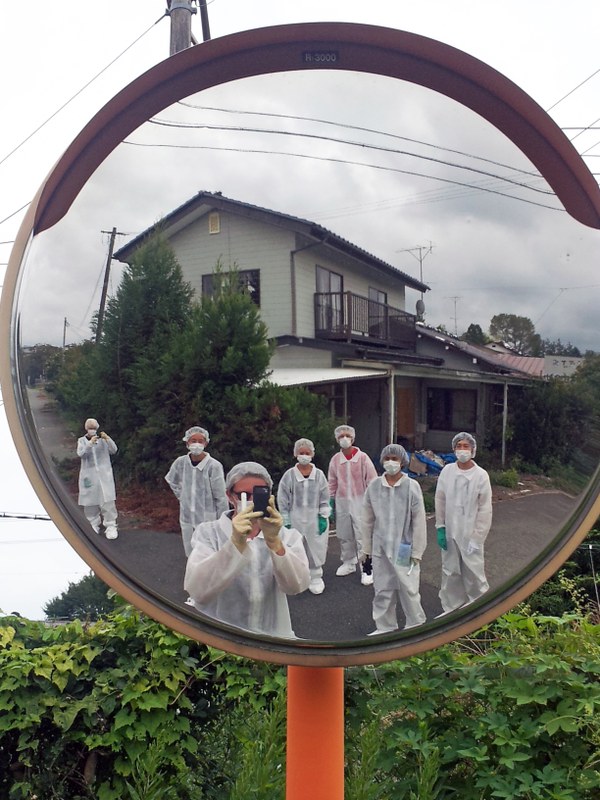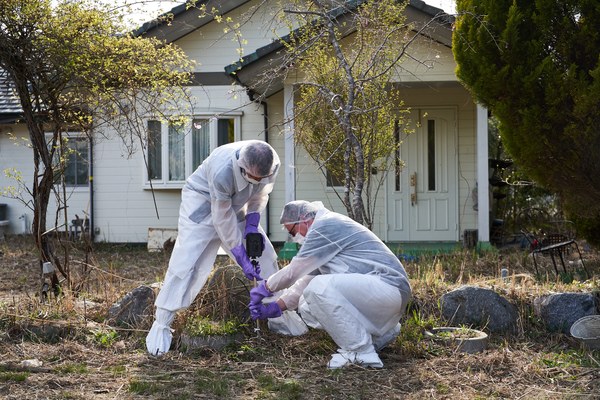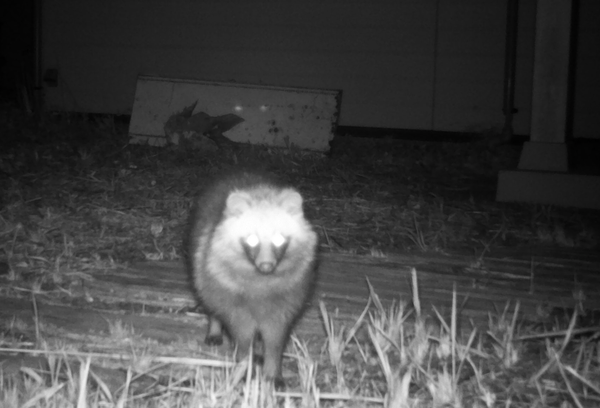More-Than-Human Worlds in Fukushima: Don’t Follow the Wind
|
In 2023, the Fukushima exclusion zone was larger than the city of Frankfurt and has been closed to the public since 2011 ― displacing tens of thousands of residents. The long-term collective project Don’t Follow the Wind explores the long-term environmental crisis in the coastal Japanese region through this ongoing, inaccessible exhibition, which maintains traces of human presence amid the fallout of the March 2011 nuclear reactor meltdown that displaced entire towns. What can art do in a continuing catastrophe when destruction and contamination have made living impossible? The collective of Don’t Follow the Wind includes curator and writer Jason Waite, fellow in the second cohort of the Planetary Scholars & Artists in Residence Fellowship Program on Planetary Spaces (summer 2023). The project consists of an art exhibition of 12 new commissions by artists such as Ai Weiwei, Trevor Paglen, Chim↑Pom, among others situated inside the exclusion zone, an evacuated radioactive area established after the nuclear disaster that forcibly separated residents from their homes, land, and community. In cooperation with former residents, participating artists installed newly commissioned works at sites in the exclusion zone. Although the exhibition opened in March 2015, the zone is still inaccessible to the public—the exhibition, like the radiation, is virtually invisible. The exhibition can only be viewed when restrictions are lifted and people are permitted to return, a process that might take years. |

|
In the long interim, while people can’t visit, the collective started noticing traces of more-than-human visitors to the exhibition such as wild boars, raccoon dogs, and monkeys. The group has become collaborating with scientists and researchers to learn more about this present more-than-human community in order to think toward a future co-existing with returning human residents. The Panel on Planetary Thinking is a supporting collaborator in this ongoing research.
More about the project can be found at Don’t Follow the Wind and in their recent publication.

|

|
